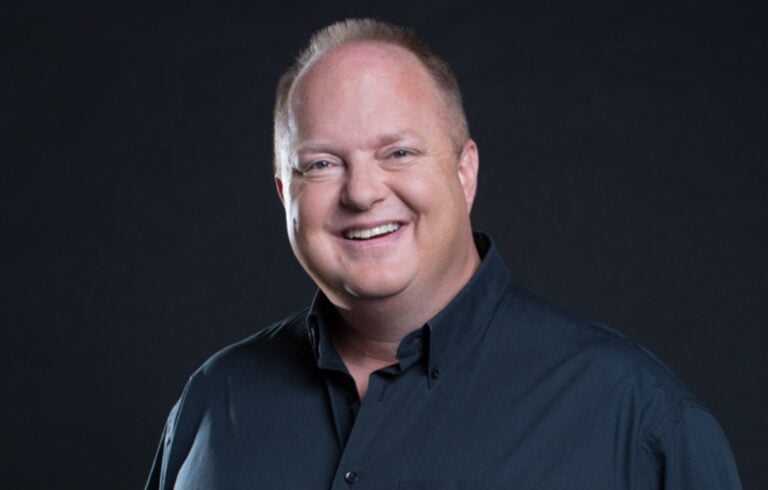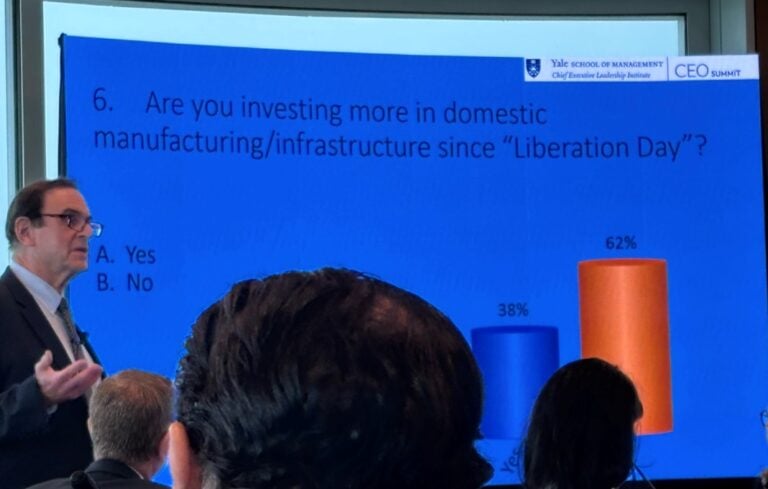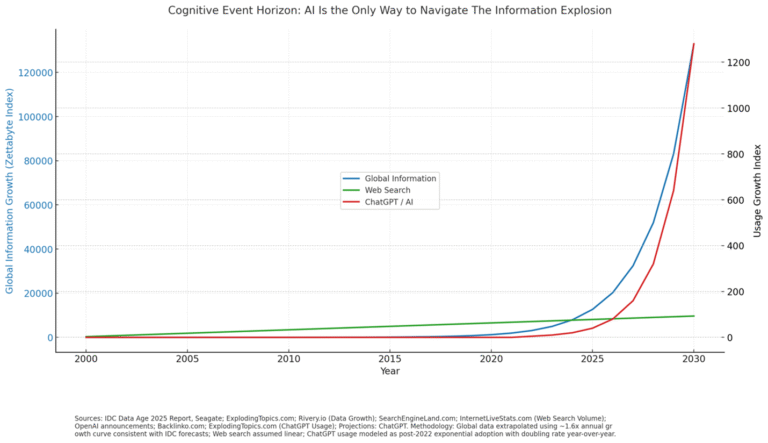
For a few years in the 1930s and 1940s, California farmers spread nitrate-rich fertilizer from Chile on their fields, little knowing they were sowing the seeds for litigation that would test the limits of whether companies can be liable for risks they could neither anticipate nor control.
The fertilizer from a company now known as SQM North America contained tiny amounts of perchlorate, a toxic chemical also used in rocket fuel that can leach into groundwater. In 1997, California regulators developed technology capable of sensing previously undetectable levels of perchlorate as low as four parts per billion and ordered cities to upgrade their water-treatment facilities to deal with the risk.
Thirteen years later, the City of Pomona sued SQM, seeking to stick the Chilean fertilizer company with the $8 million bill for its upgrade. SQM won the first rounds of the lawsuit, but the case is currently on appeal before the Ninth Circuit Court of Appeals, which well may reverse a lower court and hold SQM liable for a product that was completely legal and believed to be risk-free when it was sold.
Monsanto faces a similar lawsuit by the City of San Diego, which blames the manufacturer for selling PCBs that local companies dumped into the municipal sewer system decades ago. Brushing aside the fact that Monsanto stopped making PCBs in 1977 or traditional notions that companies can’t be liable for a “nuisance” they had no control over, a federal judge allowed the case to proceed. A trial is set for February 2020.
And in one of the scariest applications of liability-by-hindsight, a California court delivered a $400 million verdict against Sherwin-Williams and ConAgra for selling lead paint and pigment more than 70 years ago that California cities now say must be removed as a public safety hazard. Nevermind that the product was legal and the risks of lead have been widely known since the days of the Roman empire. The judge found that based on a few snippets of advertising and some communications with an industry trade group in the 1930s, the companies were guilty of a conspiracy to inflict a deadly product on the public.
What’s going on here? Is it just crazy California courts up to their old tricks again? To some extent, yes. The Golden State has always been hospitable to trial lawyers seeking to expand the boundaries of tort law. In the case of decades-old products, they want courts to apply backward-looking concepts of risk and utility, under which companies can be held accountable for injuries that were either unknowable at the time or considered well worth risking in exchange for the usefulness of a product. (The federal government specified lead paint for healthcare facilities, for example, because it was easier to clean.)
“The theory is you made it, you have to clean it up,” says Phil Goldberg, a partner with Shook, Hardy & Bacon who defends toxic-tort cases. “That’s not traditional liability theory.”
Goldberg likens it to making manufacturers insurers of long-tailed risks—retroactively and without the benefit of ever having collected a premium. There’s a certain rough justice to it all, since somebody will have to pay to clean up Pomona’s drinking water and San Diego Bay. But if courts can assign liability to anybody who ever sold a product that turns out to be dangerous in some way, we’re in trouble. Imagine how much a six-pack of beer would cost if Anheuser-Busch had to pay for every drunk-driving accident and case of domestic abuse attributed to its products.
“Liability law is about incentivizing the right behavior,” Goldberg says. “If somebody cannot avoid liability, then they shouldn’t be liable.”
Read more: In a Gender vs. CEO Lawsuit, Facts Are Sometimes Optional




Chief Executive Group exists to improve the performance of U.S. CEOs, senior executives and public-company directors, helping you grow your companies, build your communities and strengthen society. Learn more at chiefexecutivegroup.com.
0

1:00 - 5:00 pm
Over 70% of Executives Surveyed Agree: Many Strategic Planning Efforts Lack Systematic Approach Tips for Enhancing Your Strategic Planning Process
Executives expressed frustration with their current strategic planning process. Issues include:
Steve Rutan and Denise Harrison have put together an afternoon workshop that will provide the tools you need to address these concerns. They have worked with hundreds of executives to develop a systematic approach that will enable your team to make better decisions during strategic planning. Steve and Denise will walk you through exercises for prioritizing your lists and steps that will reset and reinvigorate your process. This will be a hands-on workshop that will enable you to think about your business as you use the tools that are being presented. If you are ready for a Strategic Planning tune-up, select this workshop in your registration form. The additional fee of $695 will be added to your total.

2:00 - 5:00 pm
Female leaders face the same issues all leaders do, but they often face additional challenges too. In this peer session, we will facilitate a discussion of best practices and how to overcome common barriers to help women leaders be more effective within and outside their organizations.
Limited space available.

10:30 - 5:00 pm
General’s Retreat at Hermitage Golf Course
Sponsored by UBS
General’s Retreat, built in 1986 with architect Gary Roger Baird, has been voted the “Best Golf Course in Nashville” and is a “must play” when visiting the Nashville, Tennessee area. With the beautiful setting along the Cumberland River, golfers of all capabilities will thoroughly enjoy the golf, scenery and hospitality.
The golf outing fee includes transportation to and from the hotel, greens/cart fees, use of practice facilities, and boxed lunch. The bus will leave the hotel at 10:30 am for a noon shotgun start and return to the hotel after the cocktail reception following the completion of the round.